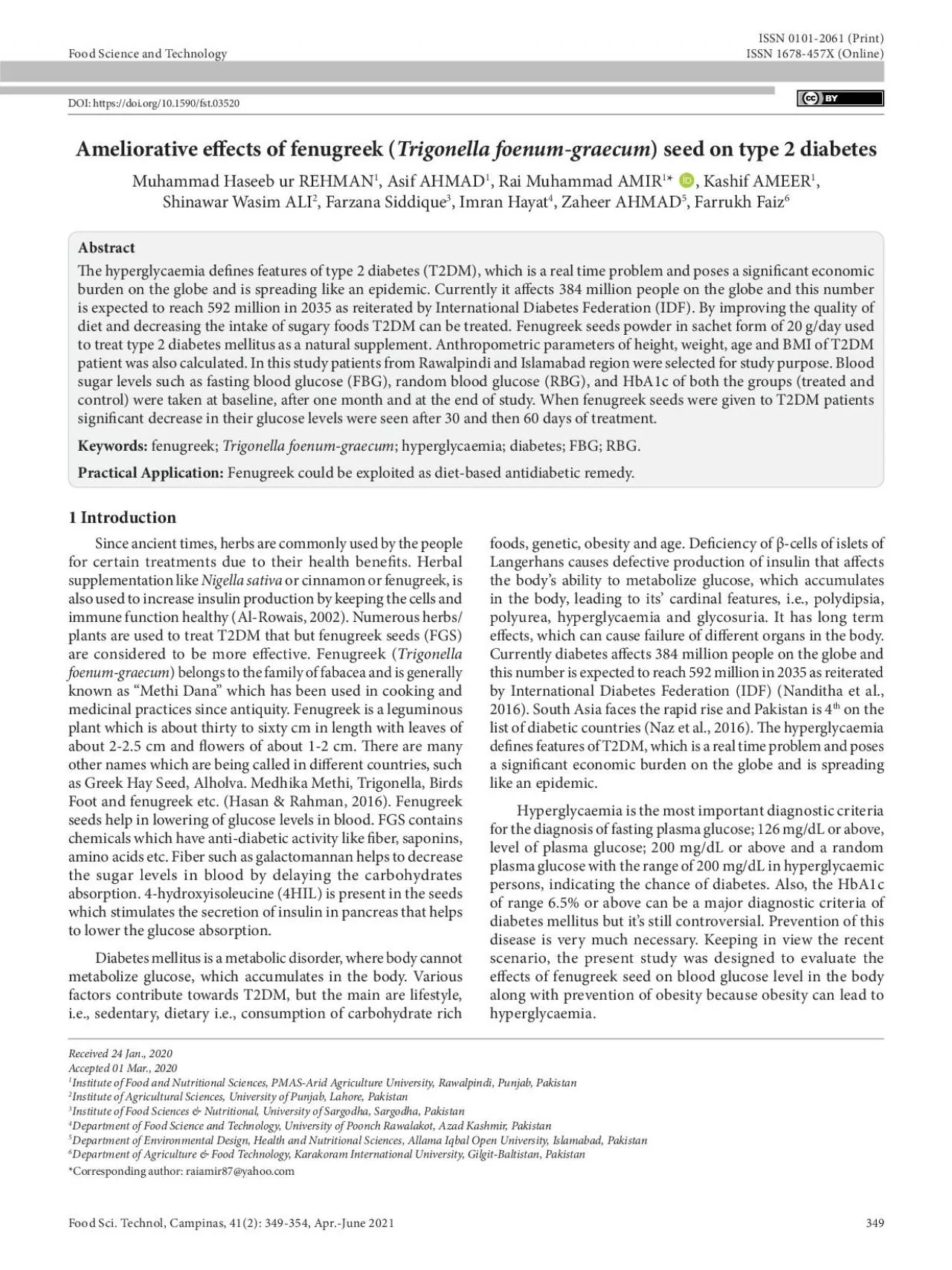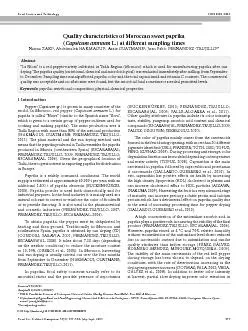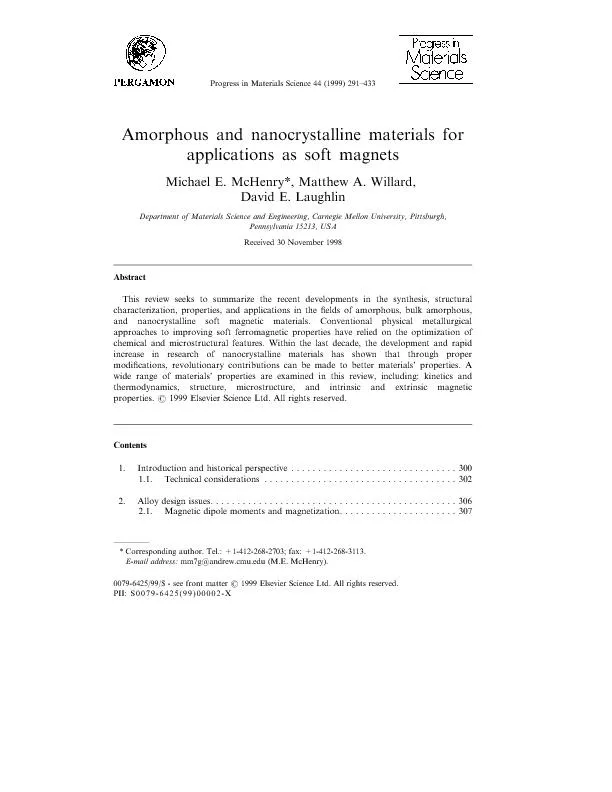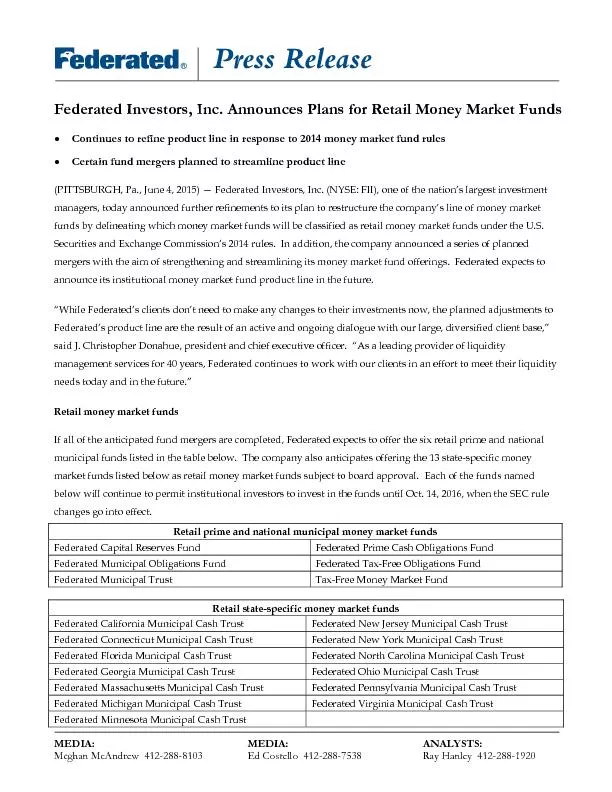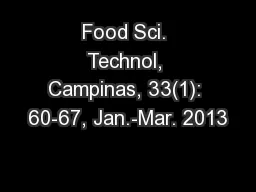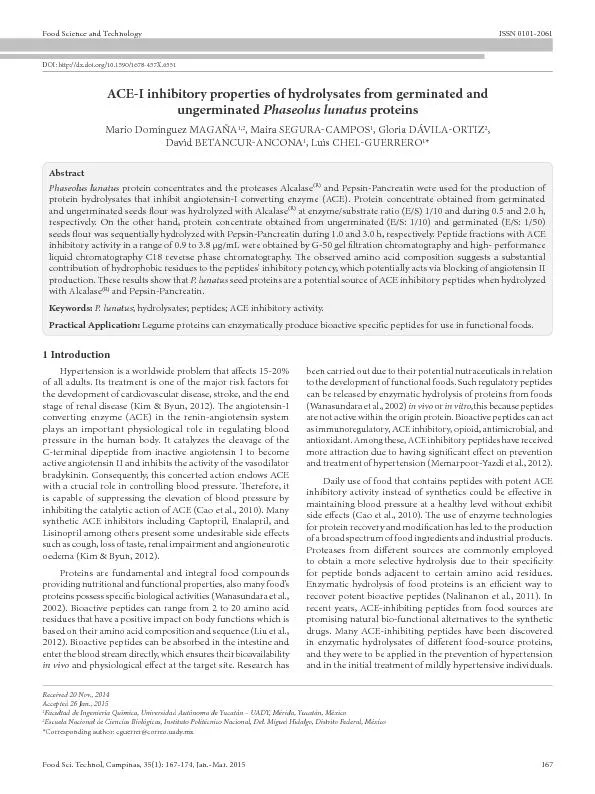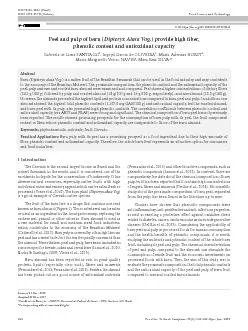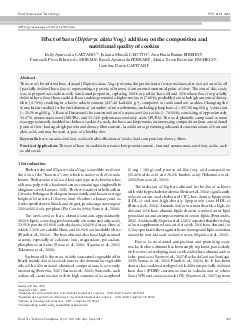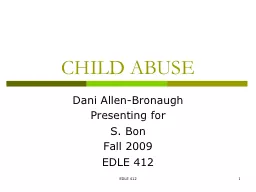PDF-Food Sci Technol Campinas 412 349354 AprJune 2021
Author : emery | Published Date : 2021-08-18
349354 349Food Science and TechnologyOI Dhttpsdoiorg101590fst03520ISSN 01012061 PrintISSN 1678457X Online1 IntroductionSince ancient times herbs are commonly used
Presentation Embed Code
Download Presentation
Download Presentation The PPT/PDF document "Food Sci Technol Campinas 412 349354 Apr..." is the property of its rightful owner. Permission is granted to download and print the materials on this website for personal, non-commercial use only, and to display it on your personal computer provided you do not modify the materials and that you retain all copyright notices contained in the materials. By downloading content from our website, you accept the terms of this agreement.
Food Sci Technol Campinas 412 349354 AprJune 2021: Transcript
Download Rules Of Document
"Food Sci Technol Campinas 412 349354 AprJune 2021"The content belongs to its owner. You may download and print it for personal use, without modification, and keep all copyright notices. By downloading, you agree to these terms.
Related Documents

